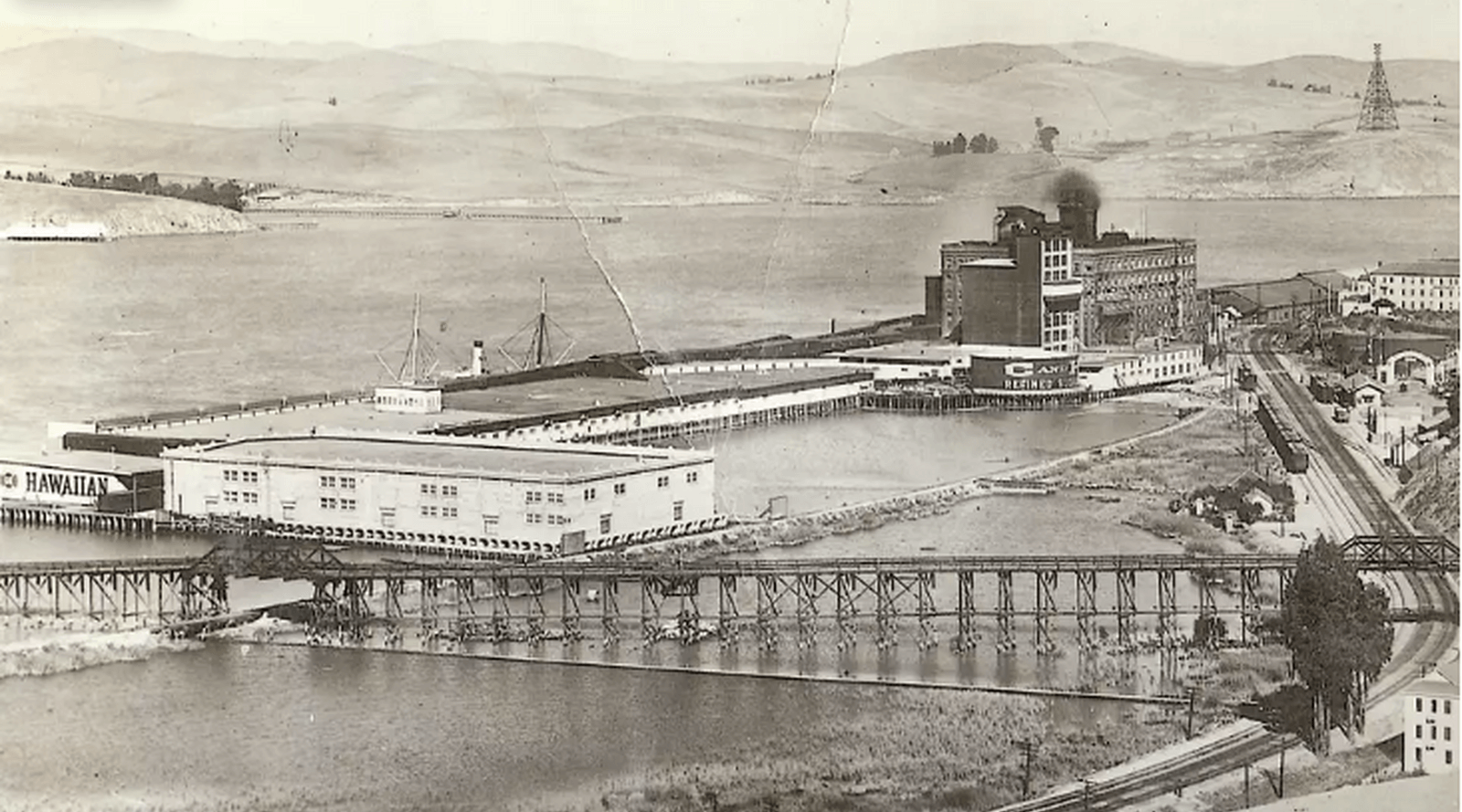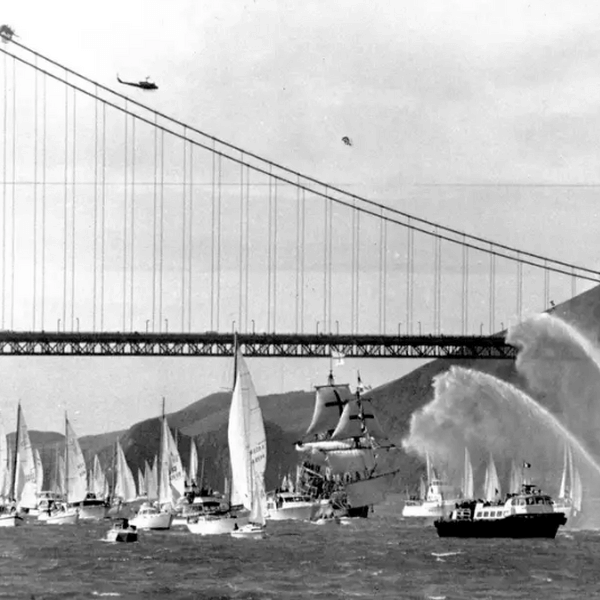
The Origins of Rum in California: The second part
Spirit — January, 15, 2024
From the the landing of Sir Francis Drake on the North West Coast in 1589 until the mid 1800’s not much is known about rum in California. Certainly the geography and weather did not (then or now) allow for the cultivation of sugarcane, so what rum there may have been would have had to come from sea trade or from the sugar plantations on the eastern shore of Mexico in the Caribbean Sea.
California at this time was a Spanish colony and the Spanish had outlawed the making of rum in Mexico. It stands to reason that the likelihood of rum being made in California or even available remote. Suffice to say that while rum was exploding in popularity around the world and was becoming a critical component of the emerging seafaring trade, California was not a participant.
Beginning in the 1900’s the west coast's relationship to rum began to change.
In 1906 the C&H sugar company opened the first western refinery for sugar. Based in Crockett on the Carquinez strait in the greater San Francisco Bay, C&H began as a cooperative for Hawaiian sugar plantations to have a local market to refine, package and sell their sugar products. There does not seem to be any history of C&H making rum at its factory, but no doubt the molasses and sugar they made was used by someone to make rum.
In the late 19th and early 20th century, during the period of American prohibition, the production and sale of rum was, along with other alcohols, outlawed. During this time, however, California remained a hub for the illicit manufacture and trade of alcohol, with homemade spirits becoming widespread. Rum running, the smuggling of alcohol from ships to shore, became a common practice along the California coast. Rumrunners would bring in loads of alcohol, including rum, from international waters into California.
Post-Prohibition, the emerging cruise industry and the returning navy sailors after world war 2, imported the tropical and coastal cultures of the south pacific to California giving rise to "tiki culture," a trend that made rum a popular choice for the island-inspired cocktails. In the 1930s and 1940s, Californian bars like Trader Vic's and Don the Beachcomber began serving rum-based tiki drinks, significantly raising the spirit's popularity. Rum became an integral part of celebratory and recreational drinking in California, especially in coastal areas.
As the population in California has grown, bottling facilities in California began to import rum from Mexico and the Caribbean to serve the booming California market. Towards the end of the 20th century, as consumers' tastes evolved towards more artisanal and crafted spirits, there has been an emergence in small-scale rum production in California. The increased interest in artisanal/ craft spirits has seen a number of small distillers using imported molasses and table sugar to create local rums. Today California is the largest rum market in the USA.

